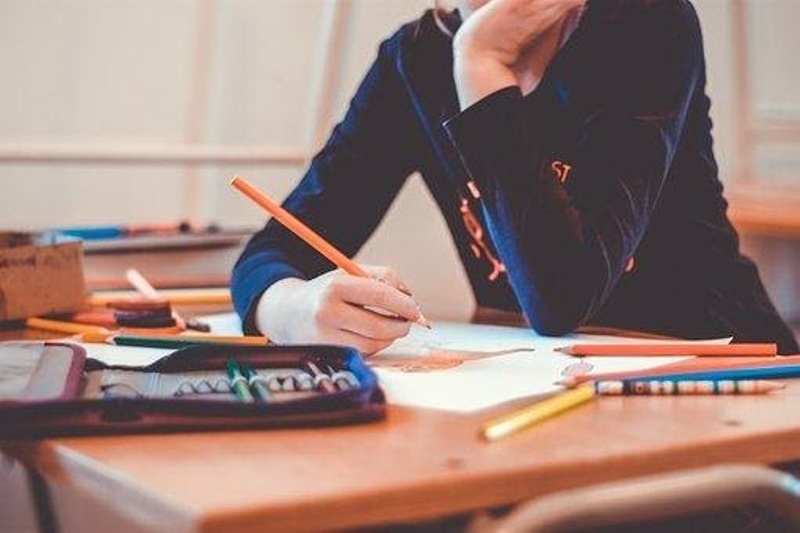For quite some time now, teaching arts in schools has been considered a luxury. Standardized subjects in schools have gradually replaced art. This, somewhat surprisingly, comes as the relevant stakeholders are looking to make the education process more inclusive and engaging. It seems, then, that the pertinent policymakers are still adamant of its significance to learners.
Enabling learners to engage and express themselves artistically is an essential part of the learning process. After all, art is an integral part of the human experience. From a developmental perspective, children start to express themselves in artistic ways as soon as they have developed motor skills. We can relate to seeing a child doodle as soon as they could hold a pen.
Art compels us to a different view of the world and the phenomena around us. It allows us to reflect on the intricacies of the human condition. More so, art draws us to empathize with those around us or those that we can relate to. As a matter of fact, some studies have suggested that adults engaged in art demonstrate a higher engagement in civic duties as well as more social tolerance. It is therefore baffling that despite transformative influences of art, it is still regarded as a bottom of the shelf subject.
Art in education engages young learners in boundless creative ways. From paintbrush strokes to plasticine rolls, these learners can mold myriad forms of art that are incredibly fascinating. Suffice it to say, and art allows children to express themselves in unlimited abstract ways that most adults can only merely envy. Art as a subject encourages the learners to run away with their imagination and be free with their own artistry.
Any arts essay writer will be quick to mention that there is a dire need to highlight the unquestionable benefits that art offers learners. This article looks to highlight some of the advantages that are relevant to the integration.
Cognitive Development

Art has always been a subjective construct. Each individual holds their own unique preference. It follows them that learners also express themselves subjectively when it comes to art. While engaging in art, learners will typically face different challenges. As the learner is not limited to any pre-existing model, each will have a different approach to the problems. Consequently, art helps learners develop creative solutions. It follows then that art facilitates learners to formulate novel problem-solving skills, which are essential in the
learning process.
Learners will typically take their time when engaging in art. They, therefore, end up developing a thorough outlook on their subjects. As art usually captures the environments we find ourselves in, the learners will develop better critical thinking and an in-depth perspective of the world.
For young learners, art undoubtedly boosts their motor skills. They learn proper hand-eye coordination and related crafts from a formative age. Also, art will improve their social skills as they collaborate with their peers on different approaches. Social interaction, after that also enhances their language skills.
Ultimately, art plays a crucial role in learner`s developing practical decision-making skills. This creates the basis to develop inventiveness as well as take risks when necessary.
Immersive Learning
The traditional model of education has always been immensely passive. Some argue that it is a one-way street. Whereby, the instructor disseminates their knowledge as the learners absorb just what they possibly can.
Instruction through art can be vital in presenting theoretical facts. For instance, if students are learning about the solar system, they can be asked to present their artistic impressions or models of the system. This visual presentation arguably makes the concepts more vivid. Subsequently, some of the difficult concepts become easier to grasp for the learners.
Inclusive Learning
In quite a long time, education has always been a rigid process with a linear path of progression. This one-size-fits-all approach has only been favorable to a small percentage of the learners. Studies have already proved that learners have different methods of acquiring knowledge.
Art, in this case, presents an opportunity to diversify the learning methods. When integrated with other subjects taught in school, it assures increased class engagement. An increase in class participation implies that more learners are enjoying the learning process.
This subsequently translates to a higher likelihood of education meeting its objectives to the learners and society, by extension.
We can no longer merely cast a blind eye to the immense benefits that students stand to gain by engaging in art. It is a time art came back into the classroom.






